Legendary Cold-Weather Warrior: 🥶Mosin Nagant 91/30#gun#mosinnagant #wintersoldier
The Mosin Nagant rifle is certainly one of the most time-tested and proven rifles in the world, particularly in terms of its performance in cold weather conditions. Originally developed in the late 19th century, the Mosin Nagant was used extensively by the Russian Empire, the Soviet Union, and other countries during the 20th century. It gained a reputation for its reliability and durability, making it well-suited for combat in harsh environments, including cold weather conditions.
The Mosin Nagant's robust design and simple construction allowed it to withstand the rigors of cold weather, which can present challenges for firearms due to factors like freezing temperatures and snow. The rifle's bolt action mechanism, combined with its sturdy construction, helped ensure its functionality in adverse conditions.
However, it's important to note that there are other rifles that have also demonstrated excellent performance in cold weather environments. For example, the Finnish-designed Sako TRG and Tikka T3 rifles, as well as various models from the Swedish manufacturer Carl Gustav, have gained recognition for their reliability and accuracy in Arctic conditions.
Ultimately, determining the "most time-tested and proven" cold weather rifle is subjective and depends on various factors, including specific criteria, historical context, and individual preferences. While the Mosin Nagant has a strong legacy and has proven itself in numerous conflicts, other rifles have also earned their reputation for cold weather performance.
During the Korean War, American forces did encounter some challenges with their equipment and weapons in the extreme cold weather conditions of the Korean Peninsula. The cold temperatures, which could drop well below freezing, posed difficulties for various aspects of military operations.
One of the primary issues faced by American troops was related to the functioning of their firearms in the cold. The extreme temperatures could affect the lubrication and operation of the weapons, causing malfunctions or reduced performance. This problem was particularly notable with automatic firearms such as the M1 Garand rifle and the Browning Automatic Rifle (BAR). The cold weather could cause the lubricants to congeal or become less effective, resulting in failures to feed, extract, or eject rounds.
On the other hand, the Soviet-designed rifles used by the North Korean and Chinese forces, including the Mosin Nagant and the SKS, were generally considered to be more reliable in cold weather conditions. These rifles had simpler designs with fewer moving parts, which made them less prone to malfunctions caused by the cold. Additionally, Soviet firearms were often designed and tested with consideration for operating in harsh climates.
To address the issues faced by American forces, various measures were taken. Special lubricants and cold-weather oils were developed and issued to improve the functioning of the weapons in low temperatures. Soldiers were also provided with insulated clothing and equipment to help them endure the cold climate.
It's worth noting that while the American troops faced challenges with their equipment in the cold, they were able to adapt and overcome these difficulties. The experience in Korea led to improvements in weapon design and cold-weather gear for future conflicts, ensuring better performance in extreme weather conditions.
-
 8:27
8:27
World Of Weapons
1 month agoM1 Garand Rifle 🇺🇸 The Rifle that won the Second World War
65 -
 19:24
19:24
Replicaair
1 year agoGletcher M1891 Sawn Off Mosin Nagant Rifle CO2 BB Gun Table Top Review
79 -
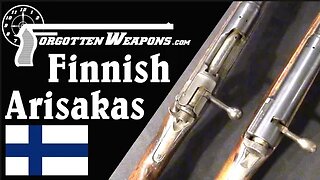 8:52
8:52
Forgotten Weapons
1 year agoChrysanthemums in the Snow: Finnish Arisaka Rifles
5591 -
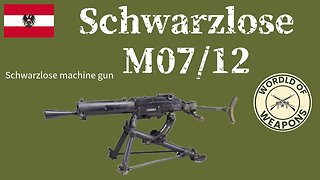 7:26
7:26
World Of Weapons
1 month agoSchwarzlose M1907/12 🇦🇹 The machine gun that saw two world wars
30 -
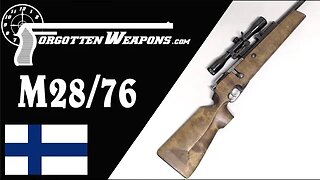 16:25
16:25
Forgotten Weapons
11 months agoM28/76: A Finnish Competition & Sniper Mosin
5643 -
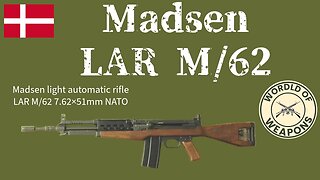 2:15
2:15
World Of Weapons
1 month agoMadsen LAR M/62 🇩🇰 Danish robustness in the middle of the cold war
30 -
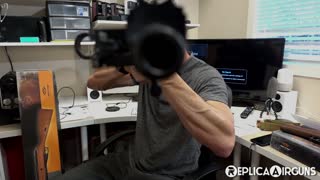 14:05
14:05
Replicaair
1 year agoGletcher M1944 Mosin Nagant CO2 BB Rifle Table Top Review
85 -
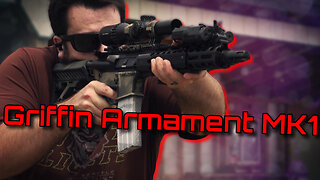 22:09
22:09
GunDeals
8 months agoTop Tier 11.5" - Griffin Armament MK1
62 -
 7:21
7:21
SurvivorMetalMan
1 year ago $0.01 earnedRussian Army VKPO (VKBO) Layer 4 Jacket In Digital EMR from Russian Cold Camo
96 -
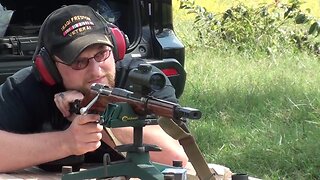 3:27
3:27
Iraqveteran8888
11 years agoCustom Mosin Nagant: Fugly MkIV Paratrooper
2